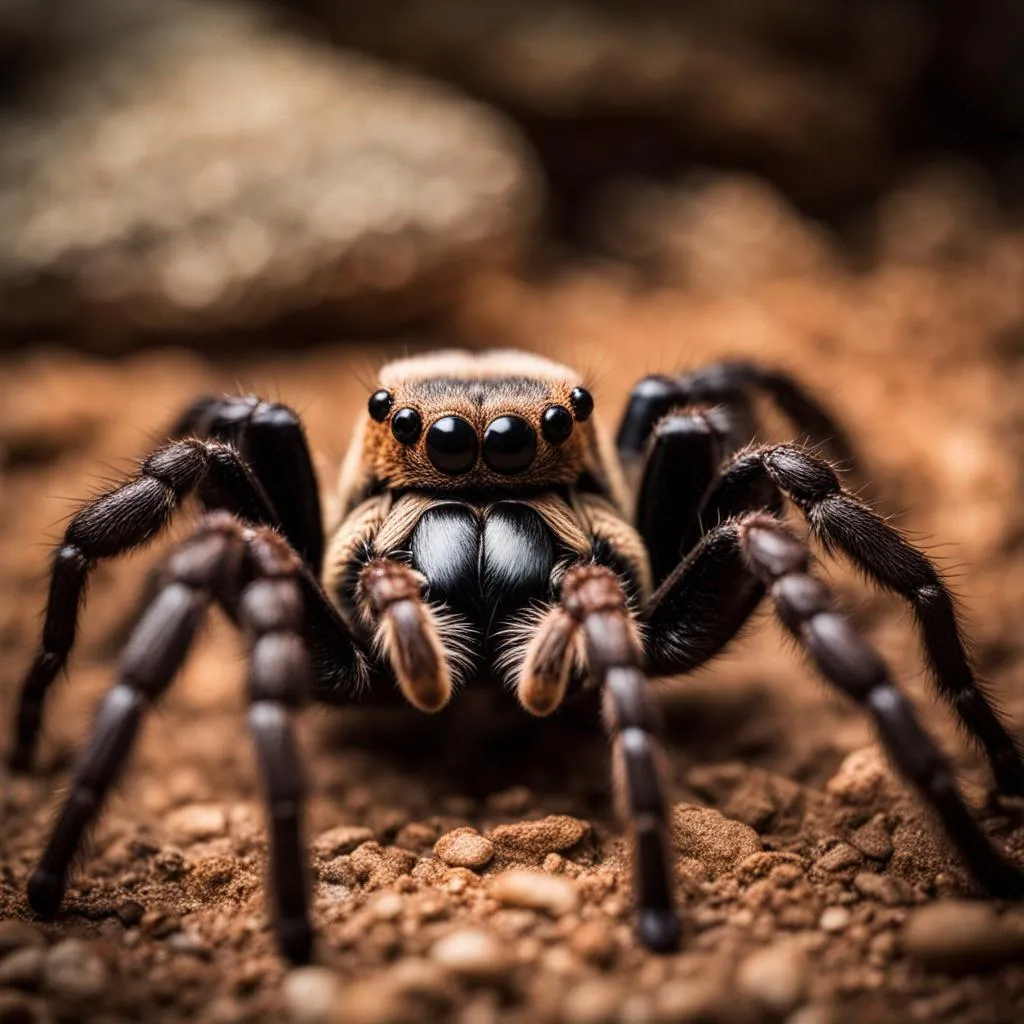What is a Goliath Tarantula?
The Goliath Birdeater, scientifically known as Theraphosa blondi, is a giant among spiders, captivating the interest of arachnid enthusiasts worldwide. This colossal creature, native to the rainforests of South America, holds the impressive title of the world’s largest spider by mass. Its sheer size and imposing appearance have cemented its status as a fascinating subject of study and a popular pet, though handling it requires careful consideration and expertise. Understanding the Goliath Tarantula begins with recognizing its unique characteristics, including its remarkable size, predatory habits, and the environment it calls home. This guide delves into every facet of the Goliath Tarantula, from its physical dimensions to its ecological role, offering a comprehensive overview of this incredible species. Delving into the fascinating world of the Goliath Tarantula reveals a complex and intriguing creature that has adapted remarkably to its environment.
Defining the Goliath Birdeater
The Goliath Birdeater earned its name from early explorers who observed it consuming small birds. While birds are not a primary part of its diet, the spider’s size and powerful nature make it capable of taking down small vertebrates. The Goliath Birdeater is not only the largest spider in terms of mass but also boasts an impressive leg span. Females tend to be larger than males, a common trait among tarantulas. Recognizing the Goliath Birdeater involves understanding its specific physical characteristics. It is a species that stands out for its sheer size and the impact it has on its environment.
Habitat and Distribution
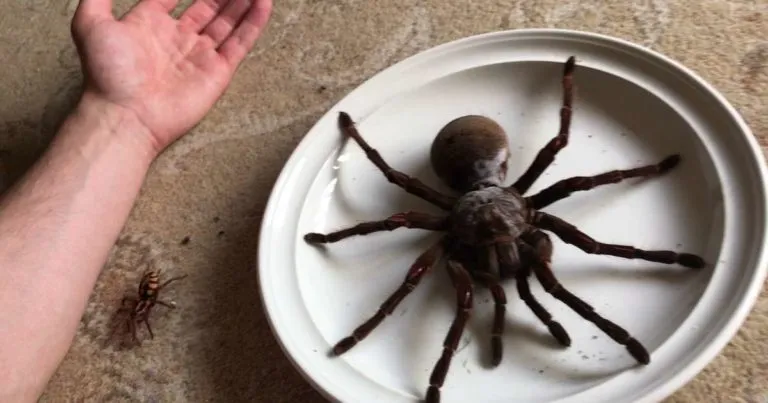
Goliath Tarantulas are primarily found in the rainforests of northern South America, including countries such as Brazil, Venezuela, Guyana, Suriname, and French Guiana. They prefer humid environments and typically live in burrows, often near swamps or in areas with moist soil. Their habitat is crucial for their survival, as it provides the necessary moisture and shelter. The distribution of the Goliath Tarantula highlights the specific environmental conditions that support its existence. Understanding the habitat of the Goliath Tarantula is essential for anyone interested in its behavior and care. The preservation of its natural habitat is key to the long-term survival of this impressive species.
Understanding Tarantula Size
The size of a tarantula is not just a matter of physical measurement; it reflects its overall health, age, and environmental conditions. Several factors influence how large a tarantula can grow, including genetics, diet, and the conditions in which it lives. Understanding these factors is important to appreciate the variations in size among different tarantulas and within the same species. The Goliath Tarantula’s impressive size is a direct result of these factors, coupled with its genetic predisposition to grow large. Proper care, including an appropriate diet and habitat, is essential to ensure a tarantula reaches its full potential size. The Goliath Tarantula size is a fascinating subject that highlights the intricate relationship between a creature and its surroundings.
Factors Influencing Size
Several factors play a crucial role in determining the ultimate size of a Goliath Tarantula. Genetics is a primary determinant, as some individual tarantulas are genetically predisposed to grow larger than others. Diet and nutrition are also critical, with a protein-rich diet supporting optimal growth. The environmental conditions, such as temperature and humidity, can also influence growth rates. A tarantula’s size is a cumulative result of the interactions of all these factors. Careful attention to these factors is essential when raising a Goliath Tarantula in captivity. The ability to understand and control these elements can significantly impact the overall size and health of the Goliath Tarantula.
Diet and Nutrition Impact
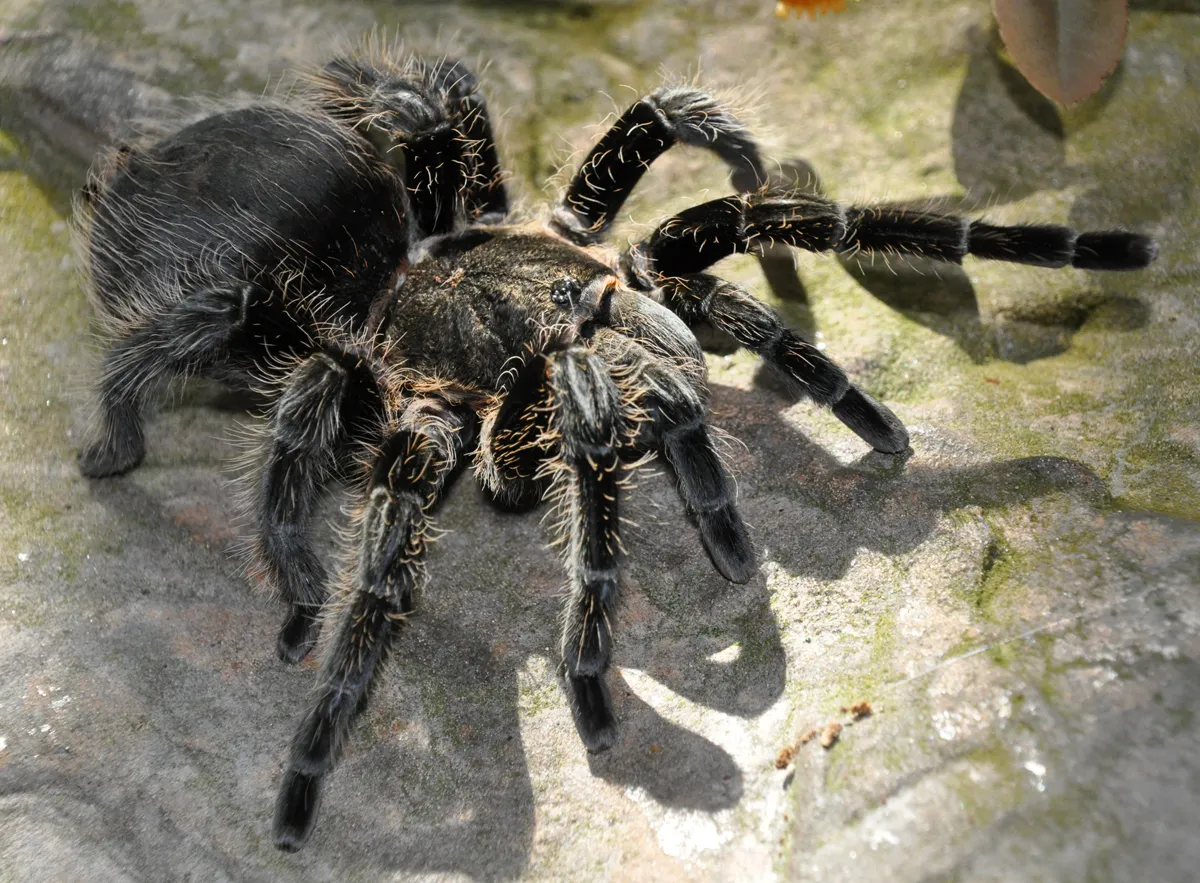
The diet of a Goliath Tarantula directly influences its size and overall health. In the wild, these spiders are opportunistic predators, feeding on insects, small vertebrates, and even other spiders. In captivity, a varied diet that includes crickets, roaches, and occasional small rodents is often recommended. Adequate nutrition ensures the tarantula receives the necessary proteins, vitamins, and minerals to grow and thrive. Proper feeding techniques, including the frequency and size of meals, are important for the Goliath Tarantula’s well-being. A well-balanced diet directly supports the Goliath Tarantula’s growth potential.
Growth Stages and Molting
Tarantulas, including the Goliath Birdeater, grow by molting their exoskeleton. Molting is the process where the spider sheds its outer layer to allow for growth. During this stage, the tarantula is vulnerable and generally retreats to a safe place. The frequency of molting decreases as the tarantula ages. Each molt allows the spider to increase in size, so the molting process is essential for a tarantula’s growth. Understanding the molting process is an important part of caring for Goliath Tarantulas, especially in captivity. Providing a suitable environment during molting is crucial for the spider’s health and development.
The Goliath’s Size Measurements
Measuring the size of a Goliath Tarantula typically involves two key measurements: leg span and body length. Leg span refers to the distance from the tip of one leg to the tip of the opposite leg when the spider is fully extended. Body length is the measurement from the front of the cephalothorax (head and chest) to the end of the abdomen. Both measurements are used to determine the overall size of the spider. Leg span is a common measure, while body length provides additional insight into the spider’s body composition. Accurately measuring a Goliath Tarantula requires patience and careful handling.
Leg Span vs. Body Length
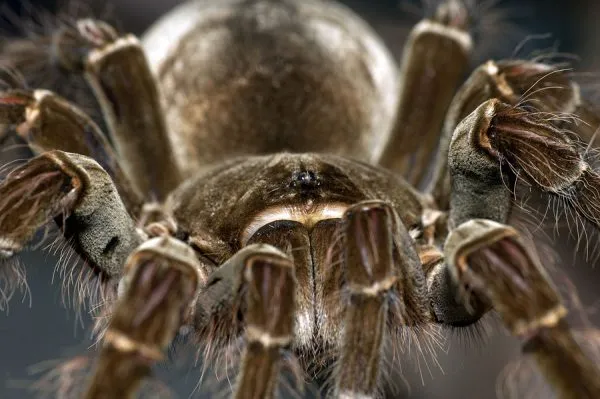
The leg span is often the most cited measurement when discussing the size of Goliath Tarantulas, as it gives a quick visual impression of the spider’s overall size. The body length provides a more specific measurement of the spider’s body, which can be important when evaluating its health and condition. Both leg span and body length measurements provide a complete picture of the spider’s size. The ratio between leg span and body length can vary slightly depending on the individual spider, but these two measurements are generally used together to accurately assess the Goliath Tarantula’s size. Observing these measurements over time can indicate the tarantula’s growth progress.
Comparing to Other Spiders
The Goliath Birdeater’s size is often compared to other large spider species to provide perspective on its enormous scale. While other tarantulas, such as the Giant Huntsman spider (Heteropoda venatoria), can have impressive leg spans, the Goliath Tarantula is usually the heaviest. The Goliath Tarantula can also be compared to other animals such as the size of an adult human hand. Comparing the Goliath Tarantula to other spiders highlights its unique position in the arachnid world. The Goliath Tarantula’s size is truly exceptional within the spider family.
Goliath Tarantula Size in the Wild
In the wild, Goliath Tarantulas can reach impressive sizes, though the exact measurements can vary based on factors such as habitat, diet, and genetics. These spiders typically live in burrows they create or find in the rainforest floor. The availability of food and the environmental conditions can influence how large they grow. Examining the size of Goliath Tarantulas in their natural habitat offers a deeper understanding of their potential and the factors that support their growth. The study of wild Goliath Tarantulas informs our understanding of the optimal conditions for their survival and development.
Average vs. Maximum Size
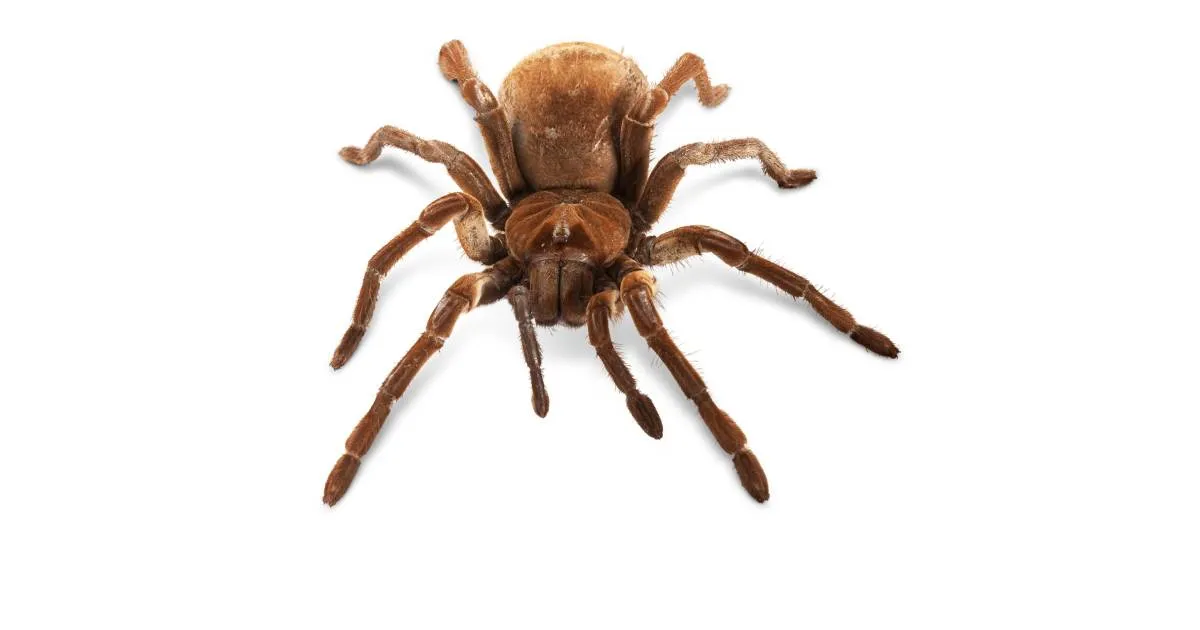
While the average size of a Goliath Tarantula is already substantial, some individuals grow to reach the maximum potential for their species. The average leg span of an adult Goliath Tarantula is typically between 10 to 12 inches (25 to 30 cm), but some have been recorded with leg spans exceeding 12 inches. The maximum size is often determined by the most favorable conditions. Understanding the average and maximum sizes offers perspective on the range of possibilities for these spiders. The Goliath Tarantula truly is one of the largest spiders in the world.
Size and Survival
The size of a Goliath Tarantula plays a role in its survival. Larger spiders can potentially capture larger prey, giving them a survival advantage in their natural environment. Size can also influence the spider’s ability to compete for resources. However, larger sizes also come with challenges, such as increased energy requirements and vulnerability during molting. The size of the Goliath Tarantula is a remarkable adaptation that has evolved over time to support the spider’s survival in the South American rainforests. The size of the Goliath Tarantula is therefore both a benefit and a challenge in its struggle to survive.
Caring for a Goliath Tarantula
Caring for a Goliath Tarantula requires careful attention to several factors to ensure its health and well-being. Understanding their needs in captivity is crucial, providing a habitat that mimics their natural environment. This includes maintaining appropriate temperature and humidity levels, providing a secure enclosure, and offering a balanced diet. It’s important to remember that these spiders are not pets to be handled frequently; rather, they are fascinating creatures to observe. Proper care reflects a respect for the spider’s needs. It’s important to know the responsibility involved in owning a Goliath Tarantula.
Enclosure Requirements
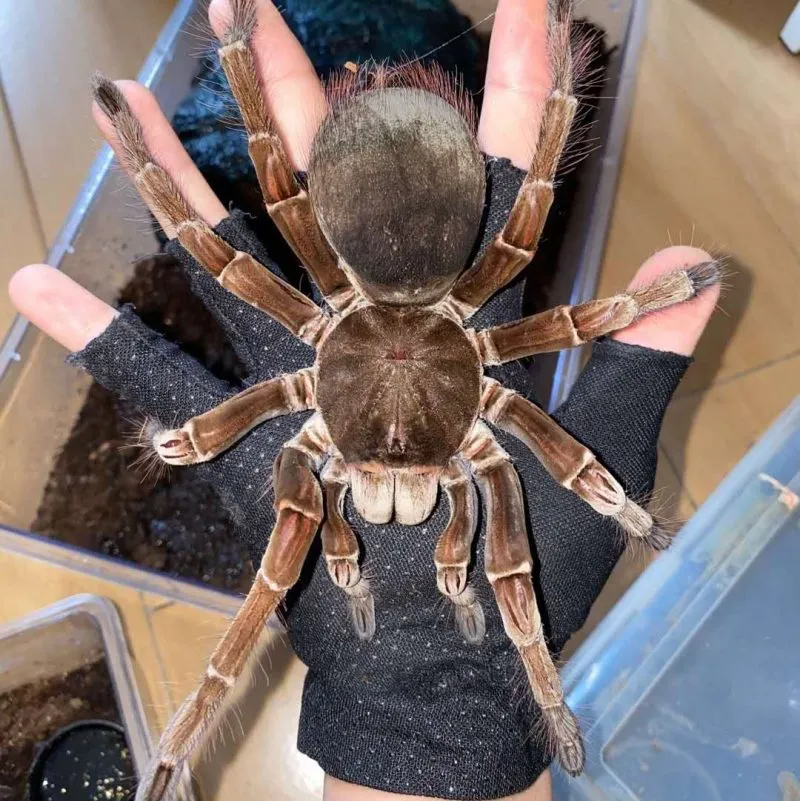
The enclosure for a Goliath Tarantula should be large enough to accommodate its size and provide a comfortable living space. A secure, escape-proof enclosure is essential. The enclosure should also include substrate, such as coconut fiber or peat moss, to help maintain humidity and allow the spider to burrow. Providing decorations like hides and climbing areas can enrich the environment. Regular cleaning is also important to prevent the build-up of waste and maintain a healthy environment. The enclosure’s design plays a critical role in the Goliath Tarantula’s health. The size of the enclosure depends on the tarantula’s size.
Feeding Habits
Feeding a Goliath Tarantula involves providing a diet that meets its nutritional needs. Crickets, roaches, and occasional small rodents are common choices. The size and frequency of feedings depend on the spider’s age and size. It’s important to offer a varied diet. Fresh water should always be available, often in a shallow dish. Overfeeding should be avoided, as this can lead to health problems. The Goliath Tarantula’s feeding habits are essential to its well-being in captivity. Careful observation of its eating habits is helpful.
Health and Well-being
Monitoring the Goliath Tarantula’s health involves observing its behavior, appearance, and eating habits. Look for signs of illness, such as lethargy, loss of appetite, or unusual behaviors. Maintaining proper temperature and humidity levels and a clean enclosure can help prevent health issues. If you suspect your Goliath Tarantula is ill, it is best to consult with a veterinarian experienced with exotic pets. The tarantula’s well-being is affected by its care. Prompt attention to potential health issues is important.
Conclusion
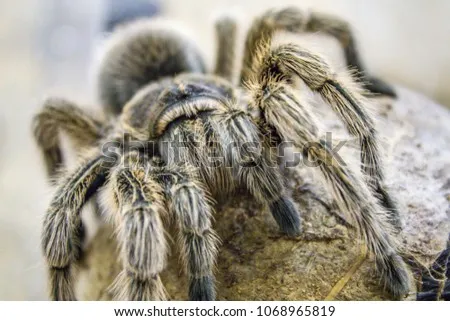
The Goliath Tarantula’s size is one of its most remarkable features. This guide has covered the key aspects of this species, from its size measurements and the factors that influence its growth to the requirements of its care. Understanding the Goliath Tarantula is not only about knowing its physical dimensions but also about appreciating its place in the ecosystem and the complexities of its life. As you delve into the world of the Goliath Tarantula, you will appreciate the extraordinary nature of this spider and the importance of protecting it. The Goliath Tarantula is a testament to the wonders of the natural world, showcasing the diversity and adaptability of life on Earth.
